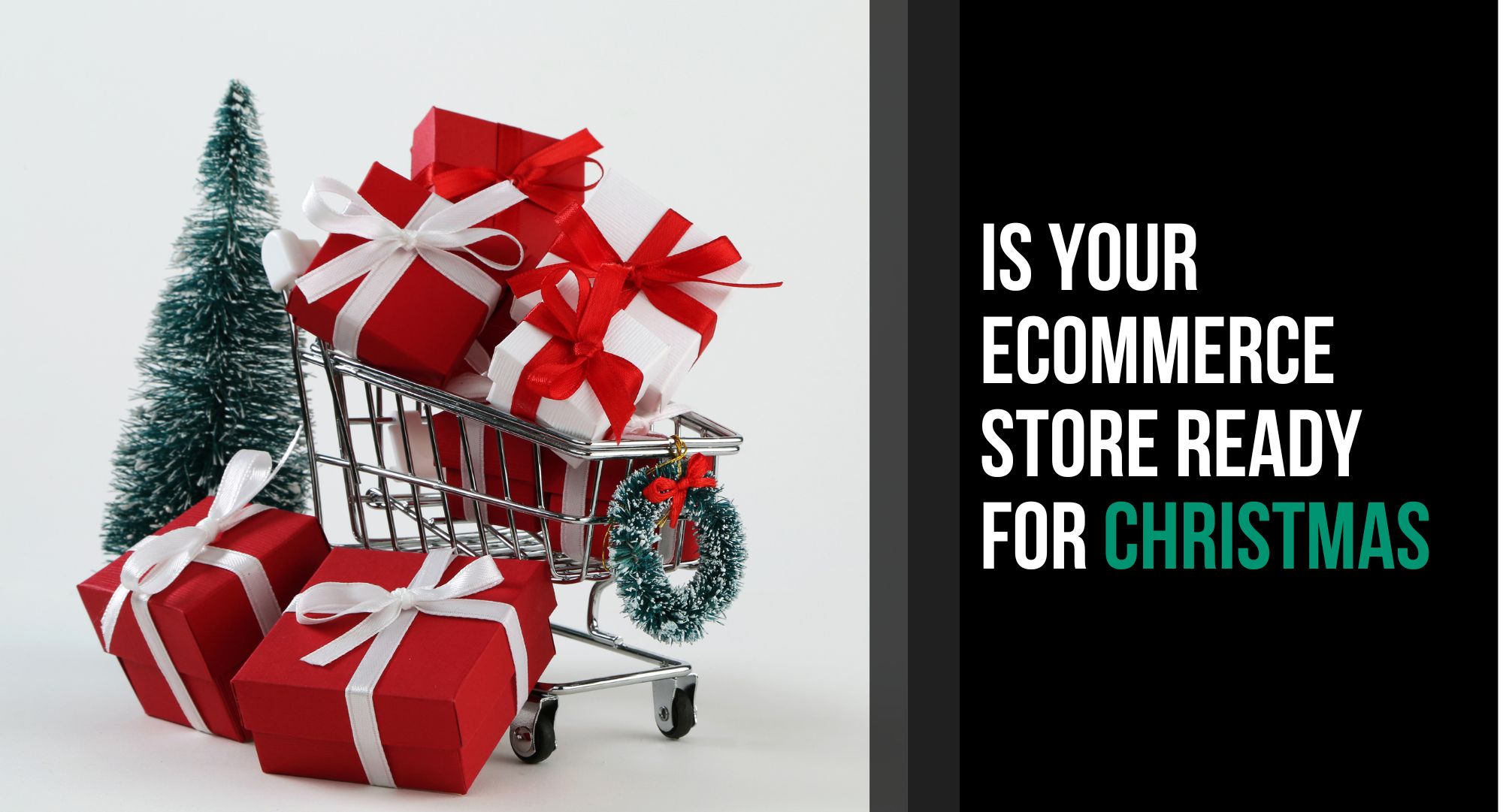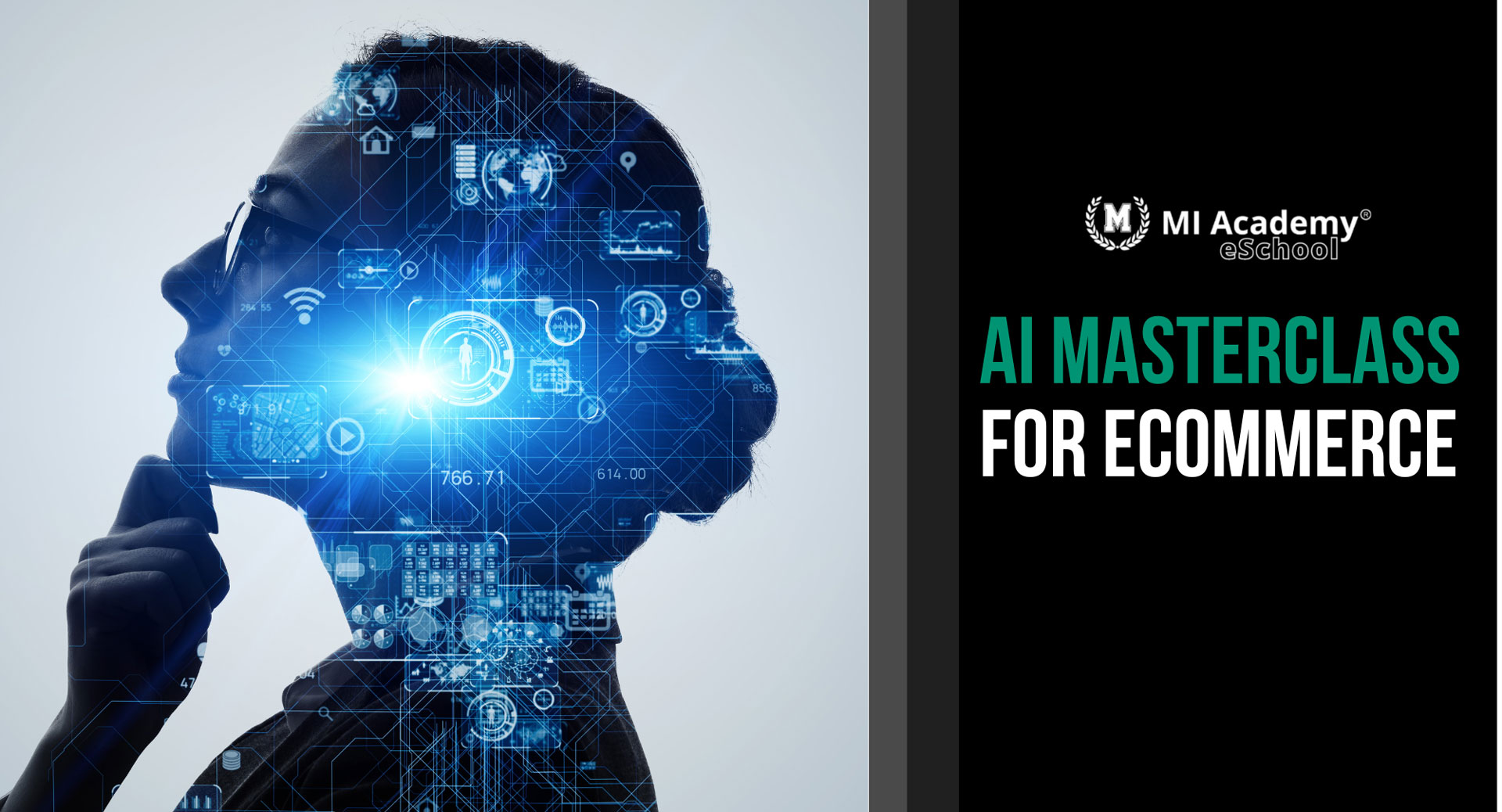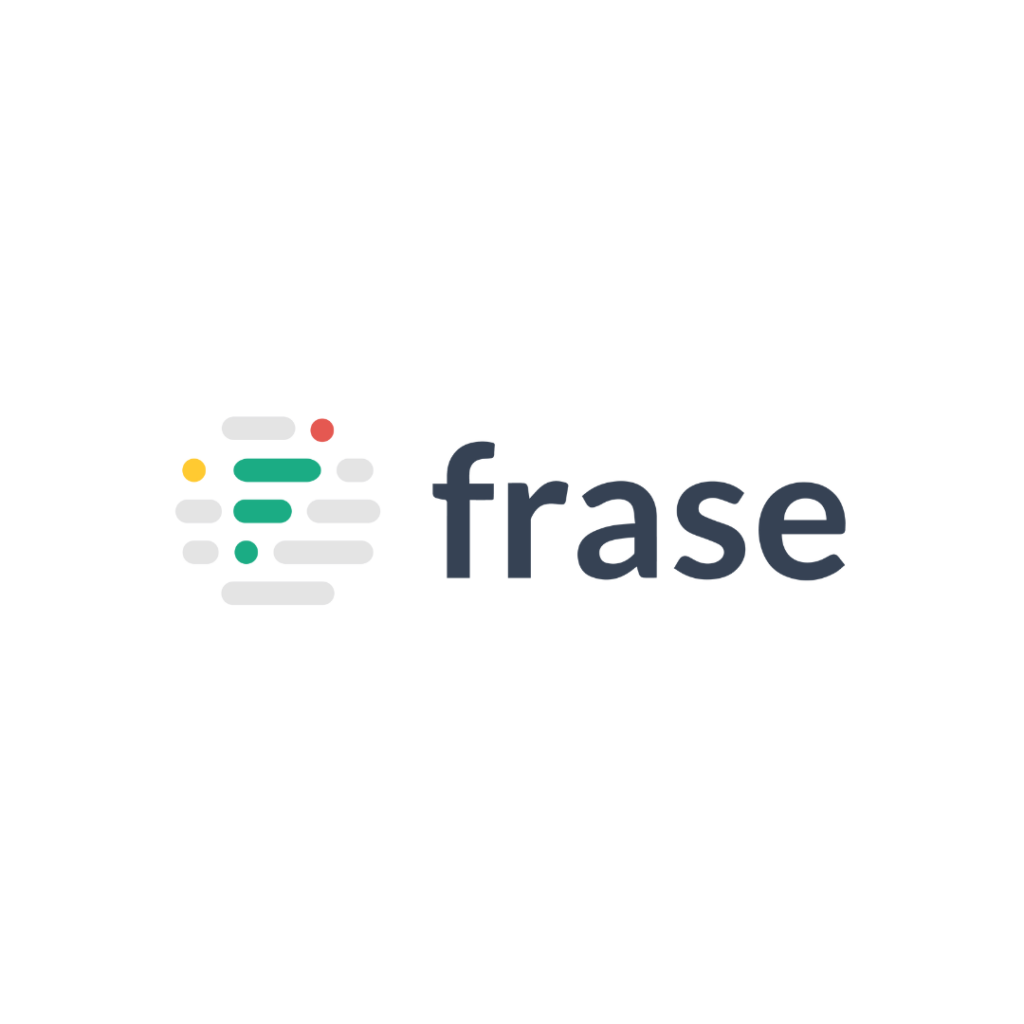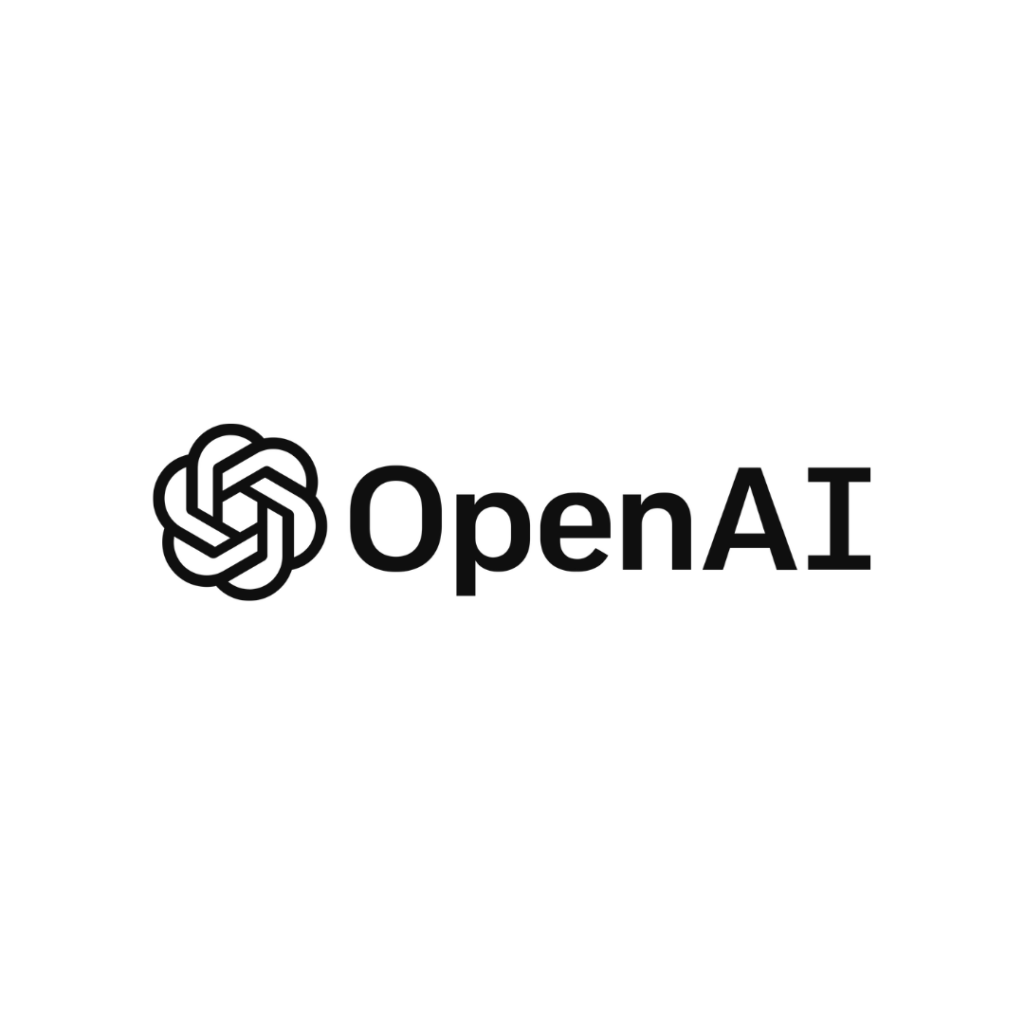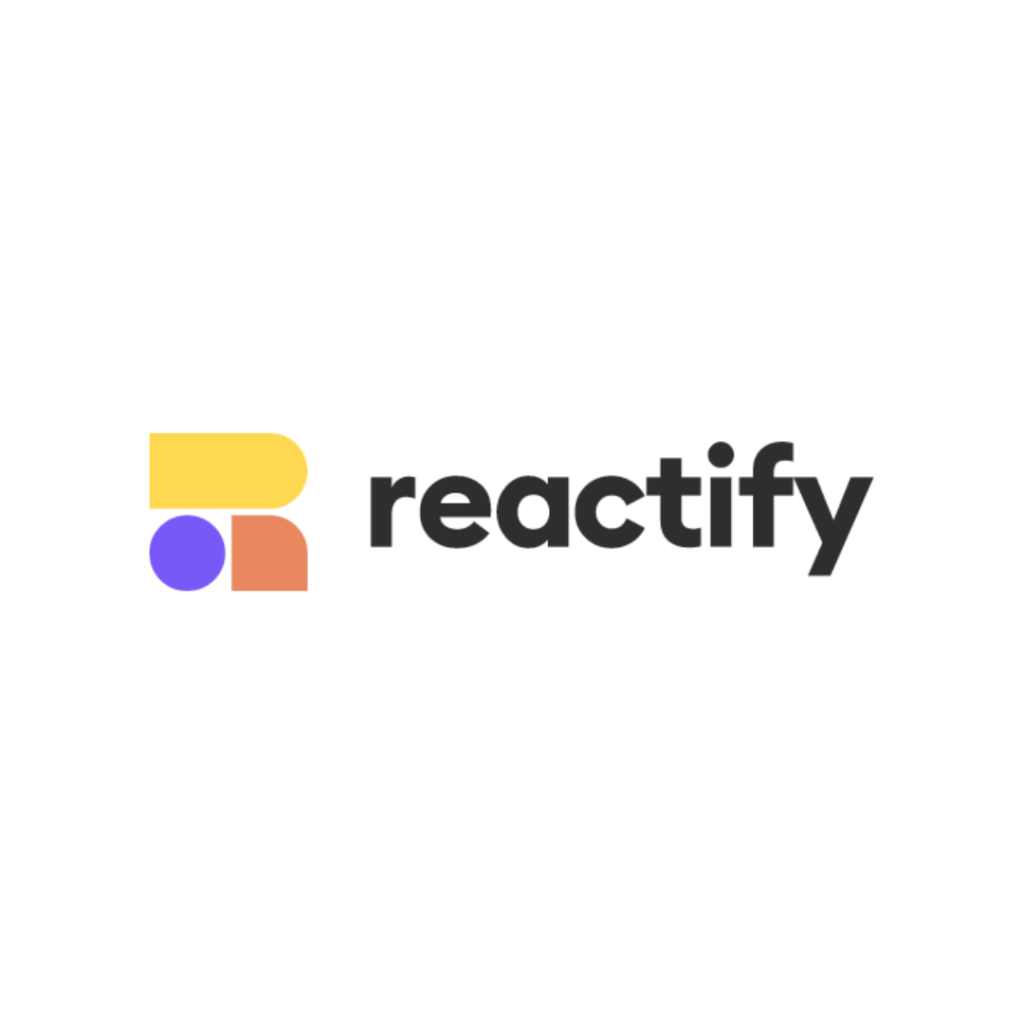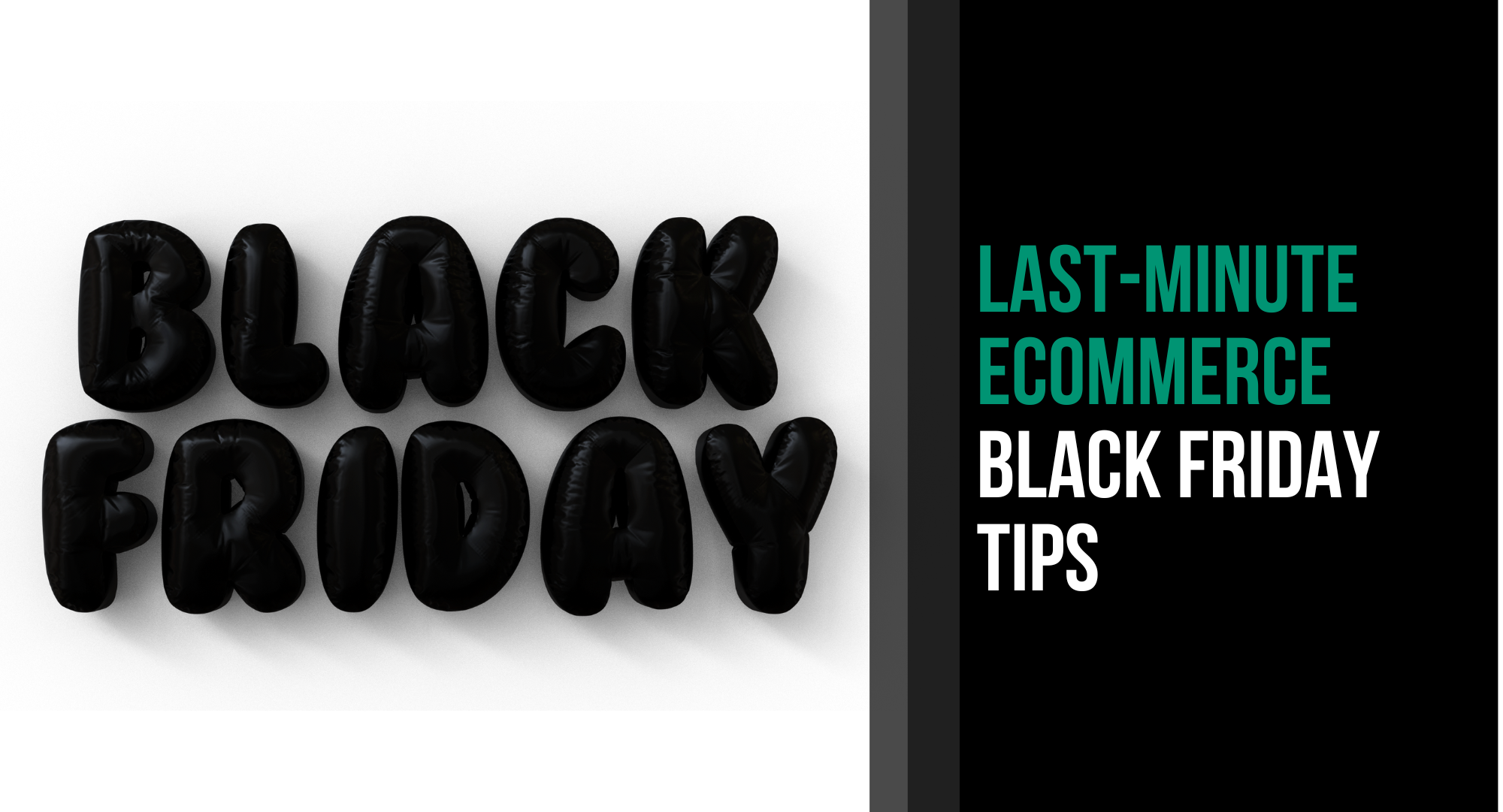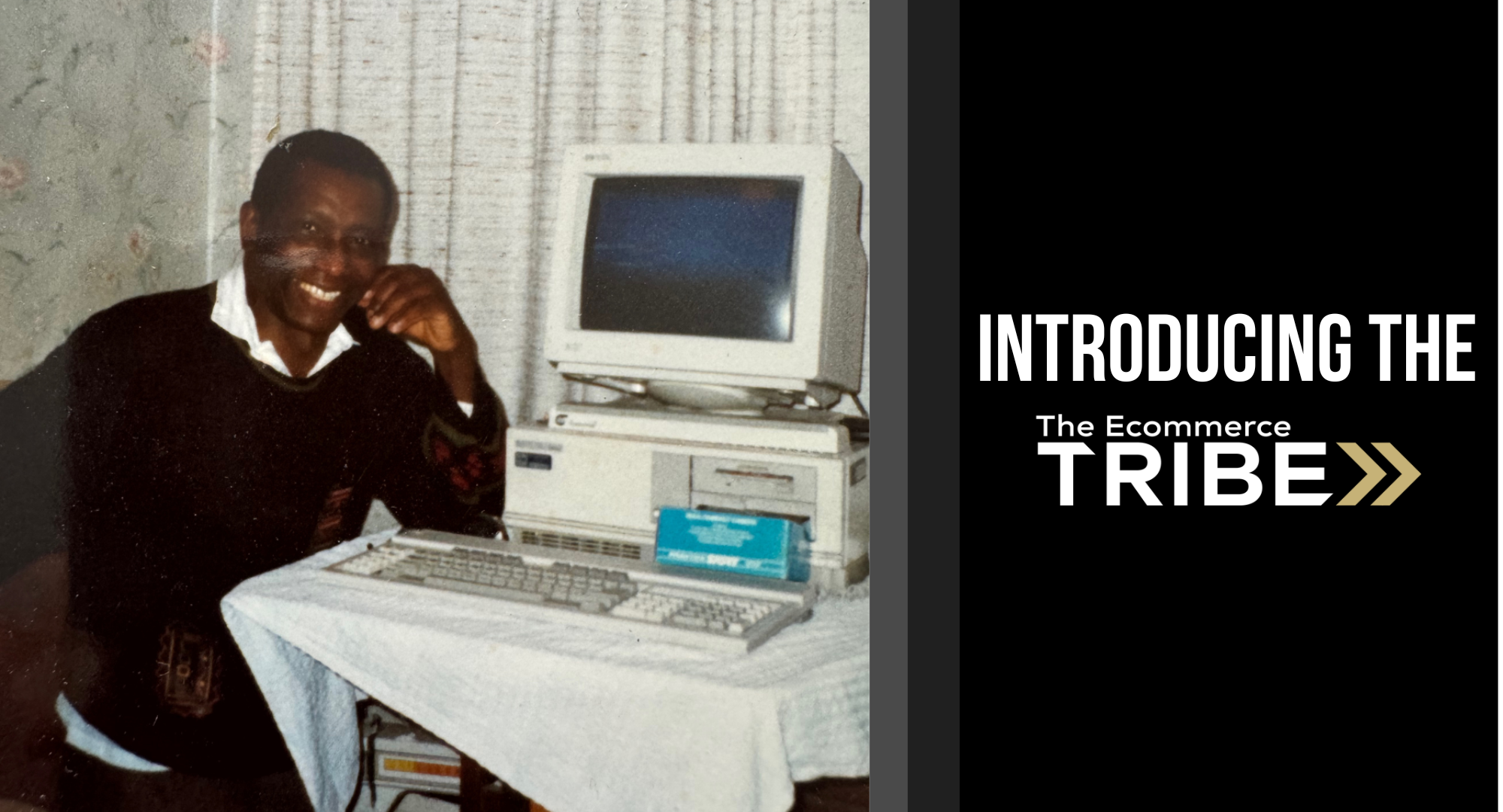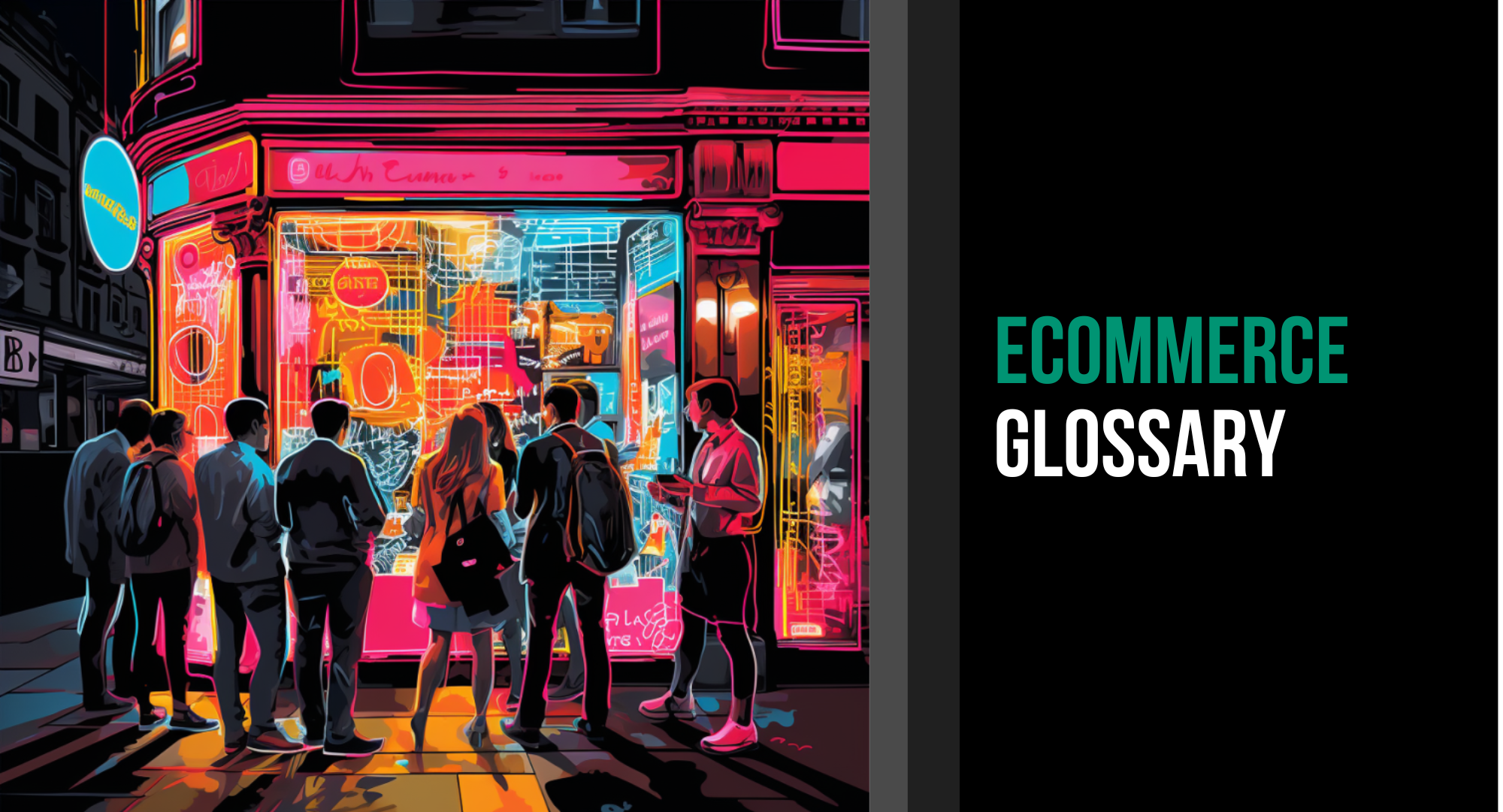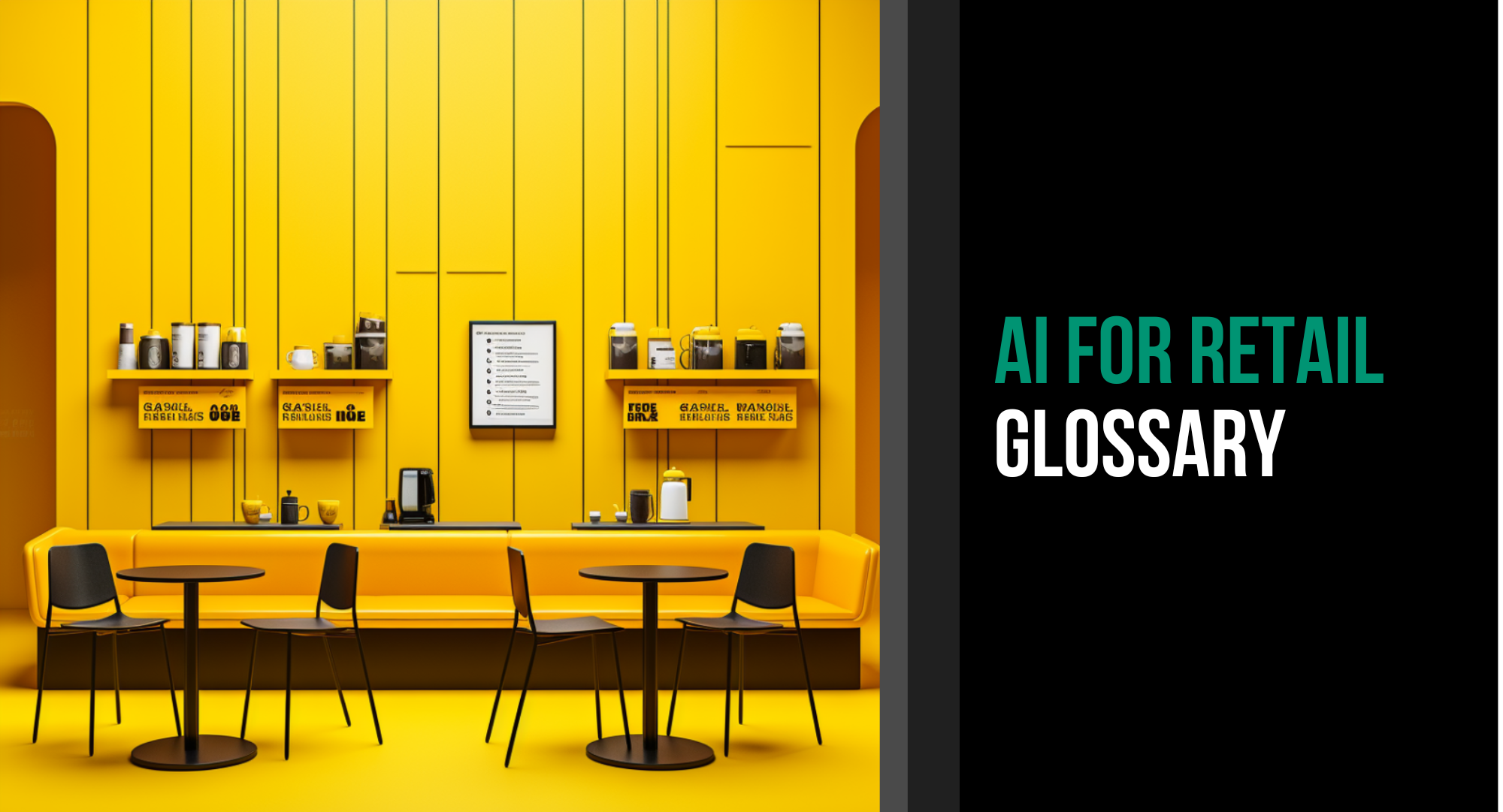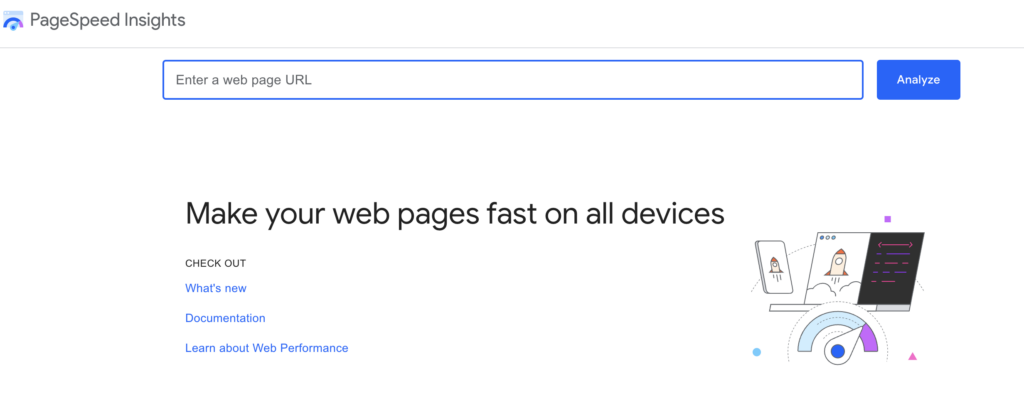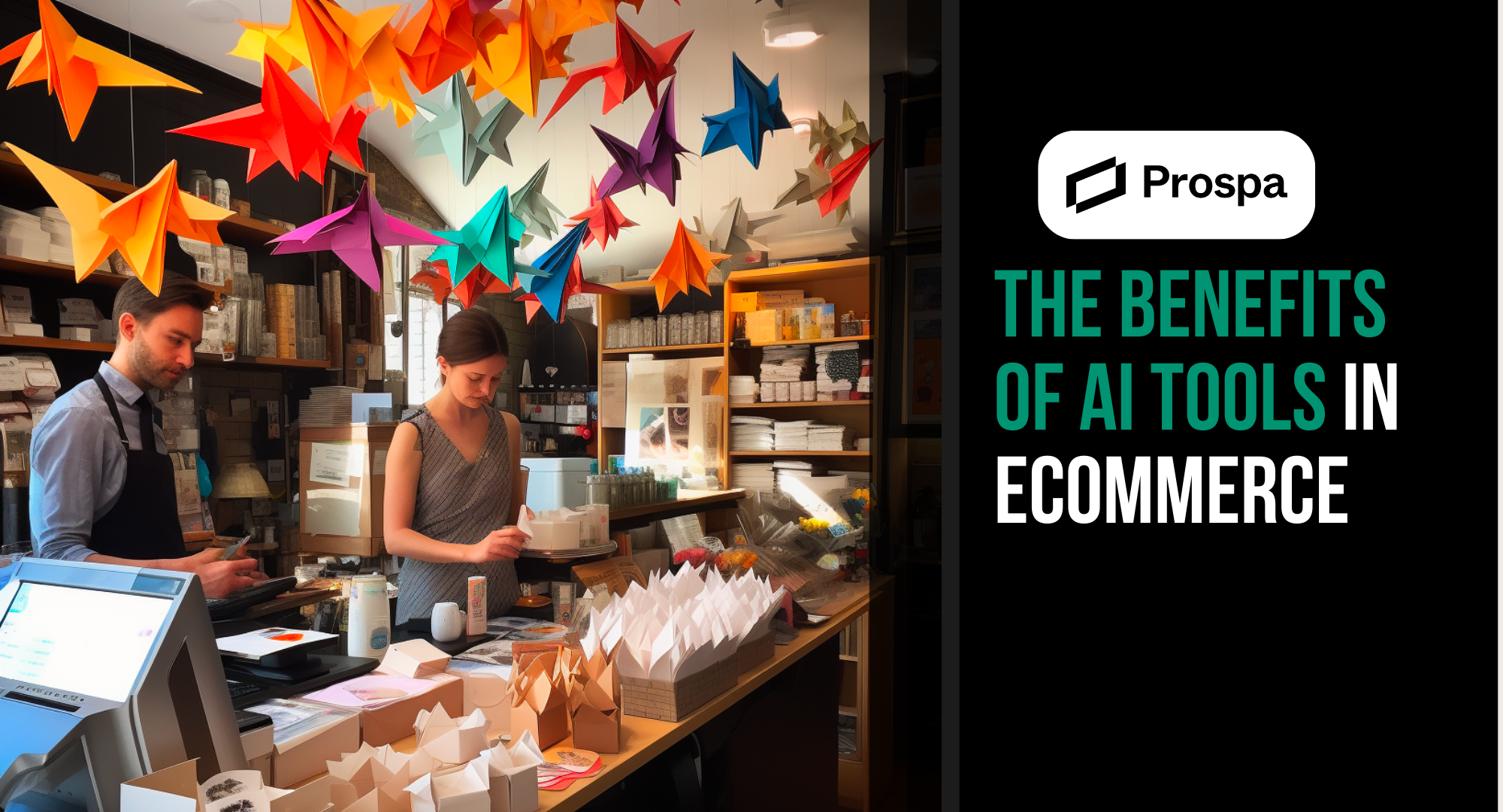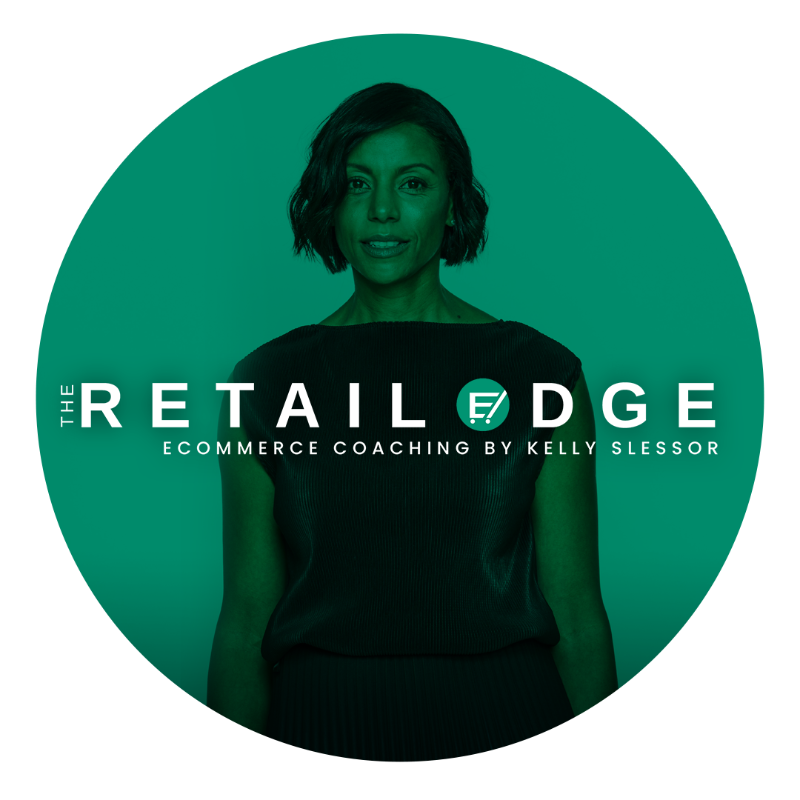Let’s talk about Christmas. I know as retailers, you need a break, and your one day off (hopefully more) is so close.
But now is the time to focus on creating customer loyalty, surprising, delighting and ensuring your new visitors (approx. 80%) become lifetime customers.
True story – when I was working with Jane Lu and the team at Showpo, I sat in the boardroom running a strategy session. During the session, Jane hand-signed thousands of Christmas cards to her customers…
It is all about delivering great customer experiences, and maybe you don’t have time to handwrite cards (although – if Jane Lu can…. )
Maybe you can just make their journey easier by answering their questions upfront. The big questions your customers are asking right now are….
Will this product arrive before Christmas? When are the Christmas Delivery cut-offs? Do they offer click-and-collect options?
What am I going to put in my Christmas stockings? I need to find a party/Christmas outfit.
Best Gift for her, him, they, them, he, she.
Let’s make it easy for your customers and answer their questions upfront.
3 ways to optimise your ecommerce store for Christmas:
1. Display Christmas Delivery and Cut off times on your ecommerce store
Displaying Christmas Delivery and Cut-off times on your ecommerce store is a crucial step to ensure a smooth holiday shopping experience for your customers.
Here are some tips and insights to help you effectively communicate this information:
Clear Communication: Clearly communicate your Christmas Delivery and Cut-off times on prominent sections of your website, such as the homepage, product pages, and checkout page. Use concise and straightforward language to avoid any confusion.
Highlight Important Dates: Emphasise key dates, such as the last day to place orders for guaranteed Christmas delivery. Make sure customers are well aware of these dates to manage their expectations and plan their purchases accordingly.
Delivery Options: Provide various delivery options with corresponding time frames. This could include standard shipping, expedited shipping, and express shipping. Clearly state the estimated delivery times for each option, especially during the holiday season when delivery times may be impacted.
Shipping Updates: Keep customers informed about their order status through timely shipping updates. Consider implementing order tracking features and notifications to provide real-time information on the location and estimated delivery time of their packages.



To make it easy we have made you an editable copy of these deadlines for you to add to your website, just make a copy and add your logo.
2. Provide Click and Collect on your ecommerce store
Implementing a Click and Collect service is an effective strategy to drive customer foot traffic into physical stores and concurrently boost the Average Order Value (AOV). This approach offers a convenient and seamless shopping experience, allowing customers to browse and select items online before physically collecting them from the store. Beyond the convenience factor, Click and Collect addresses the uncertainties associated with in-store shopping, particularly during peak periods or in times of urgency. Customers appreciate the assurance that their desired products are reserved and ready for pickup before they even set foot in the store, alleviating any concerns about availability or potential disappointment. This not only enhances the overall customer experience but also encourages additional in-store purchases as customers tend to explore and discover more products when physically present in the store, thereby contributing to an increase in the Average Order Value.
Here is how to set up click and collect to Shopify.
3. Christmas Gifting for Retailers
On Google Trends, searches for gift cards have increased by 110% in the last 30 days; there are 18,000 searches per month. It’s the perfect opportunity to add Christmas gift cards to your website and create a landing page.
To optimise your website for Christmas gifting, it’s crucial to strategically select three keywords that align with current trends, leveraging tools like Google Trends for insights. By identifying popular and rising search terms related to holiday gifting, you can tailor your website’s content to align with what potential customers are actively searching for. Additionally, consider the questions your customers may ask during their holiday shopping journey. Anticipate queries related to gift ideas, shipping times, and special promotions.
By incorporating these keywords and addressing customer queries in your website content, you not only enhance your site’s visibility on search engines but also provide a more relevant and engaging experience for your audience, ultimately driving traffic and boosting conversions during the festive season.
Here are some trendy Christmas searches:
And last but not least, think about extending your returns – Lauren Cantwell from Cue.co spoke to the importance of this in peak season.
If you want to increase revenue, drive conversions and create consistency with your online store, remember you have a whole tribe behind you.
BIO
Kelly Slessor, is an Ecommerce Coach and a digital marketing expert. Passionate about retail, hospitality and retail service providers. As the founder and CEO of Shop You, an AI powered personalised virtual shopping mall she has spent 20 years building retail technology that responds to customer needs, drives conversions and increases revenue. Over the past year she has worked with over 1000 retailers and hospitality providers. If you want discover more about digital growth and optimisation, work with me.


